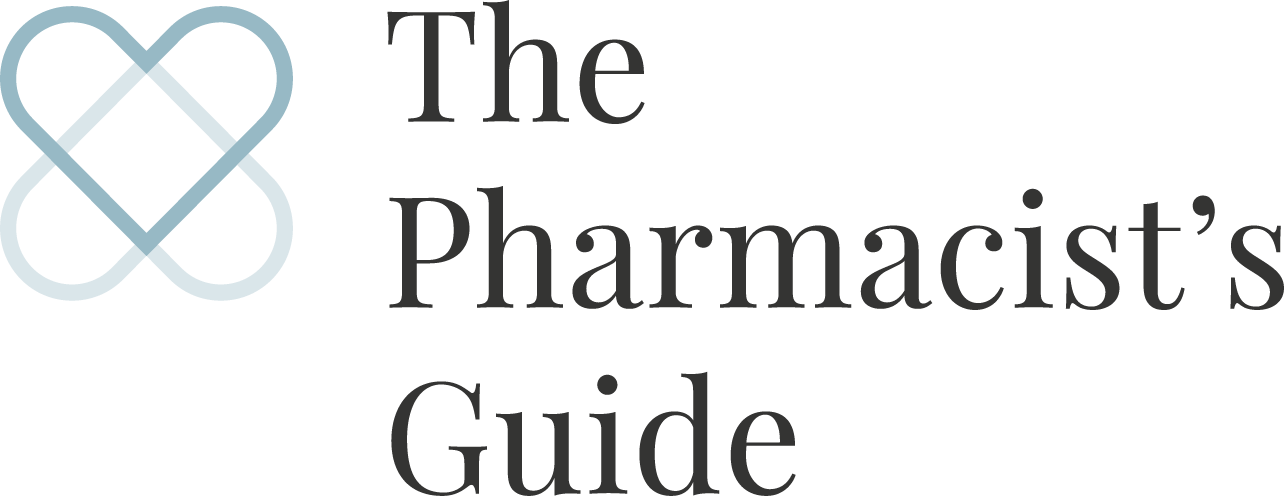MEDICAID AND FULS
According to Medicaid.gov, the federal upper limits (FUL) have been revised (effective May 1st) by the Center for Medicare and Medicaid Services (CMS). The federal upper limit is the maximum allowable reimbursement amount for an outpatient medication and is based on the weighted average of manufacturer prices.
When I was a pharmacy intern, my pharmacy manager would show me claims information and we were often paid less than the acquisition price of the drug for Medicaid prescriptions. A couple of dollars lost on a prescription is not a lot, but if you are filling thousands of the prescription a month, then it adds up (especially for smaller pharmacies). In our case, we still had a net gain. My manager explained that though we lost money on the one prescription, we often made a little bit on the others that the patient filled so the net gain was at least neutral.
Of course, this is just one scenario and every medication is different. Also, depending on your state and how they handle Medicaid, your situation may be different. Medicaid also pays a professional dispensing fee for the pharmacists' services and costs. State Medicaid programs have flexibility in setting these fees and can use state or national dispensing averages as long as they can provide credible data to show their methods.
The last time the FULs were updated was in 2009. Medicaid says that they will be updating the FULs monthly. That sounds like a lot of work, but I hope that is the case!

